 How to Patch a Hole in a Roof: Materials and Methods for Different Roof Typeshow to patch a hole in a roof, roof patching, roof repair, materials for roof patching, roof types, fix roof hole, roof repair methods, patch roof holeLearn how to patch a hole in a roof with these expert tips on materials and methods for different roof types. Discover step-by-step instructions for a safe and effective roof repair.
How to Patch a Hole in a Roof: Materials and Methods for Different Roof Typeshow to patch a hole in a roof, roof patching, roof repair, materials for roof patching, roof types, fix roof hole, roof repair methods, patch roof holeLearn how to patch a hole in a roof with these expert tips on materials and methods for different roof types. Discover step-by-step instructions for a safe and effective roof repair.- Introduction to Roof Patching
- Understanding Different Roof Types
- Choosing the Right Materials for Patching
- Effective Roof Patching Methods
- Roof Patching Safety Tips

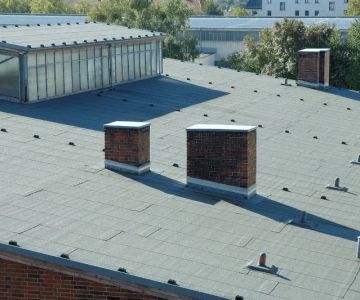

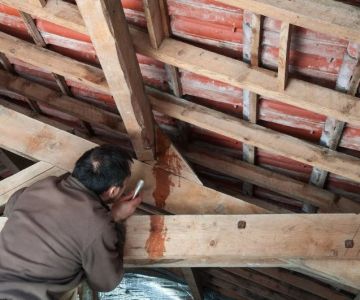

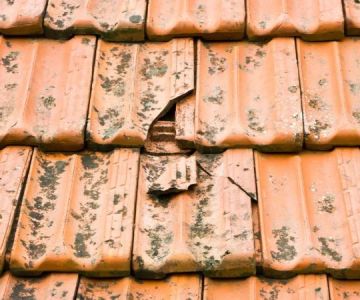

 State Roofing Manalapan0.0 (0 reviews)
State Roofing Manalapan0.0 (0 reviews) Capital Roofs Plus LLC5.0 (4 reviews)
Capital Roofs Plus LLC5.0 (4 reviews) EXTERIORS ASSOCIATES INC. Our 25th YEAR!0.0 (0 reviews)
EXTERIORS ASSOCIATES INC. Our 25th YEAR!0.0 (0 reviews) Eagle Cornice Co Inc3.0 (5 reviews)
Eagle Cornice Co Inc3.0 (5 reviews) Skylight Roofing & Restoration4.0 (141 reviews)
Skylight Roofing & Restoration4.0 (141 reviews) No Limit Roofing5.0 (3 reviews)
No Limit Roofing5.0 (3 reviews) The Average Cost of a New Roof for a 2,000 Square Foot House
The Average Cost of a New Roof for a 2,000 Square Foot House How to Choose a Certified Roofing Contractor for Your Roof
How to Choose a Certified Roofing Contractor for Your Roof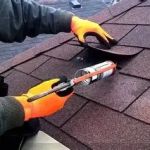 How to Repair a Roof Leak in a Building with a Slate Roof
How to Repair a Roof Leak in a Building with a Slate Roof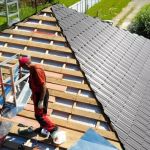 What is a Roofing Material Mock-Up Installation? Visualizing a Small Section
What is a Roofing Material Mock-Up Installation? Visualizing a Small Section The Lifespan of a Roof Under Constant Freeze-Thaw Cycles – Key Factors to Consider
The Lifespan of a Roof Under Constant Freeze-Thaw Cycles – Key Factors to Consider The Benefits of a Roofing Manufacturer's Approved Installer Program
The Benefits of a Roofing Manufacturer's Approved Installer Program